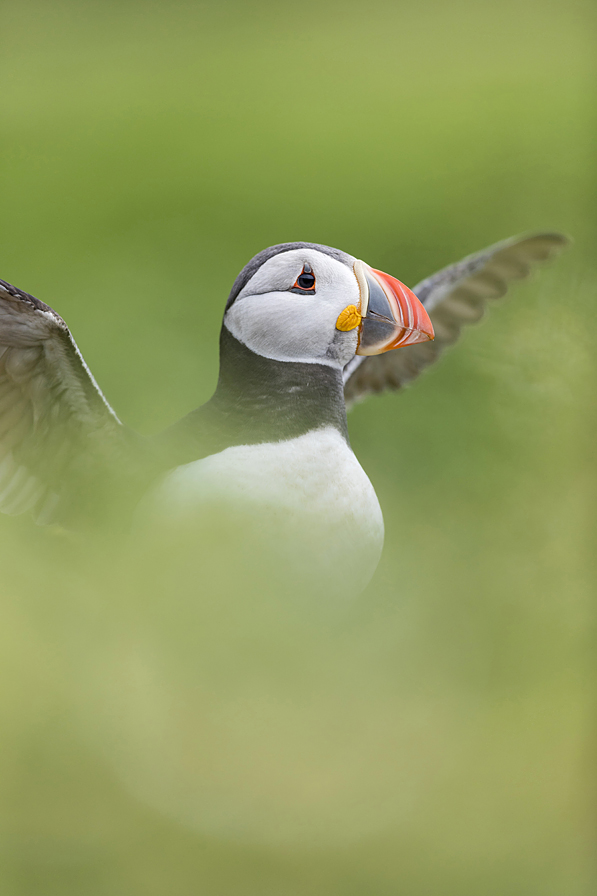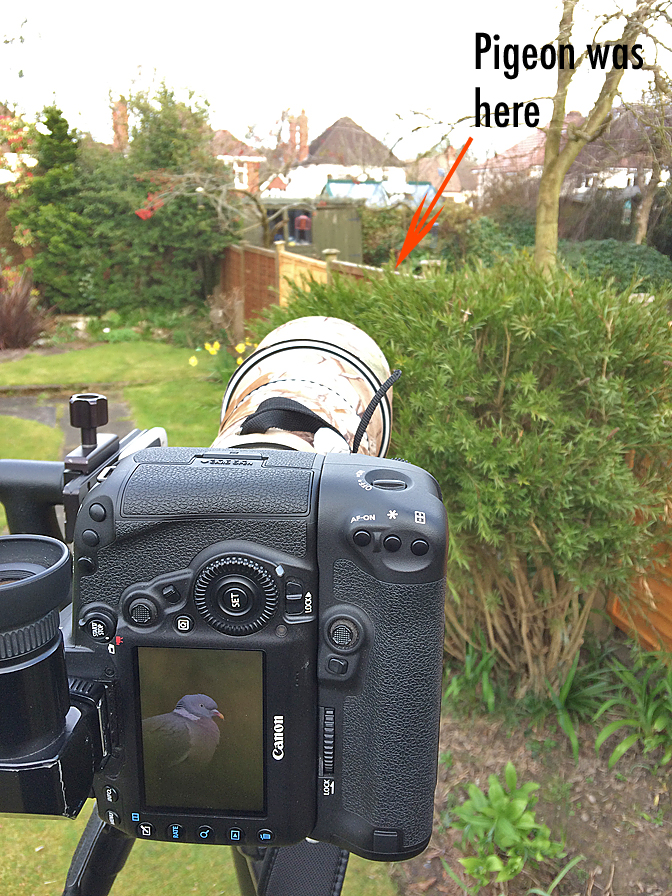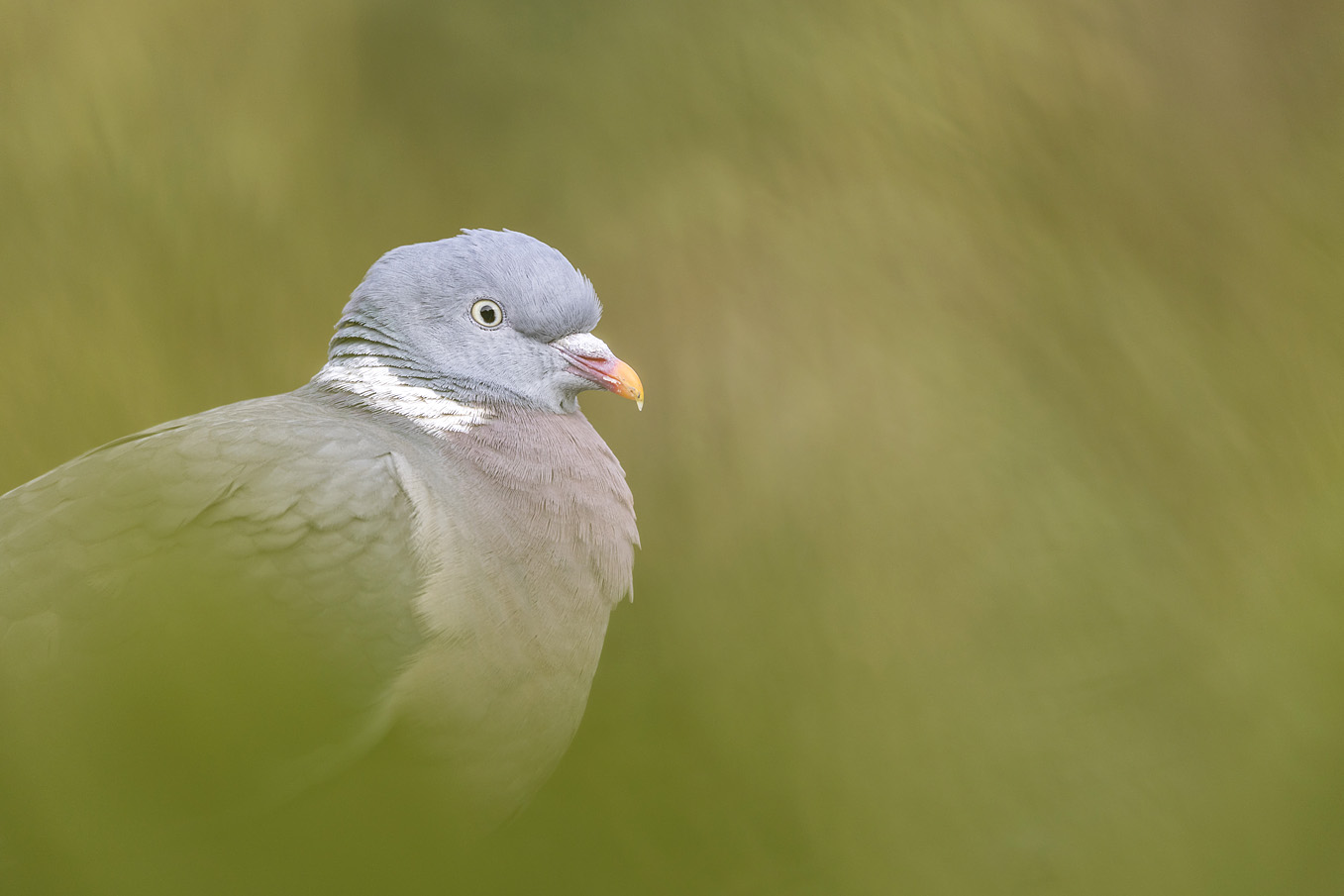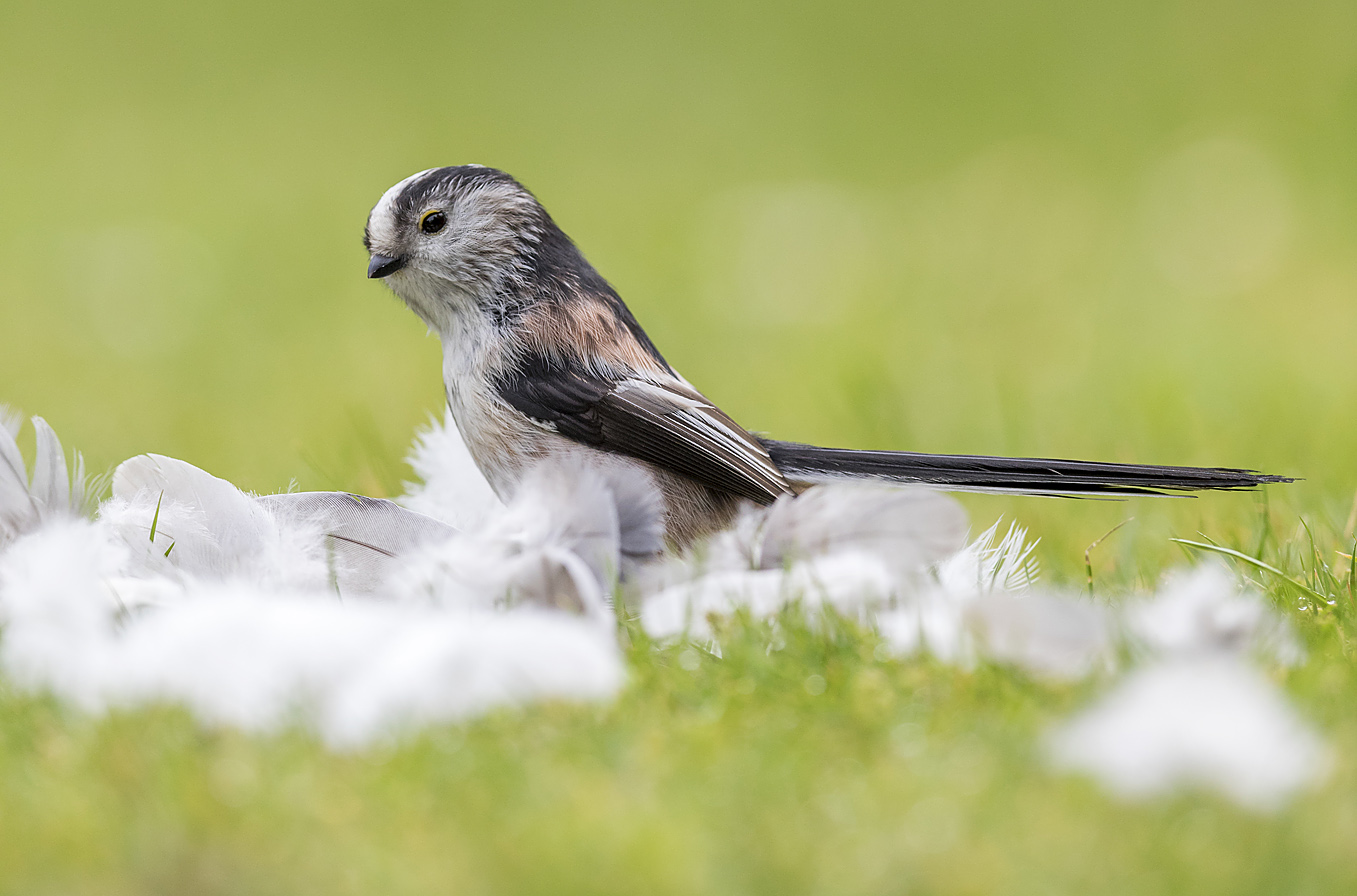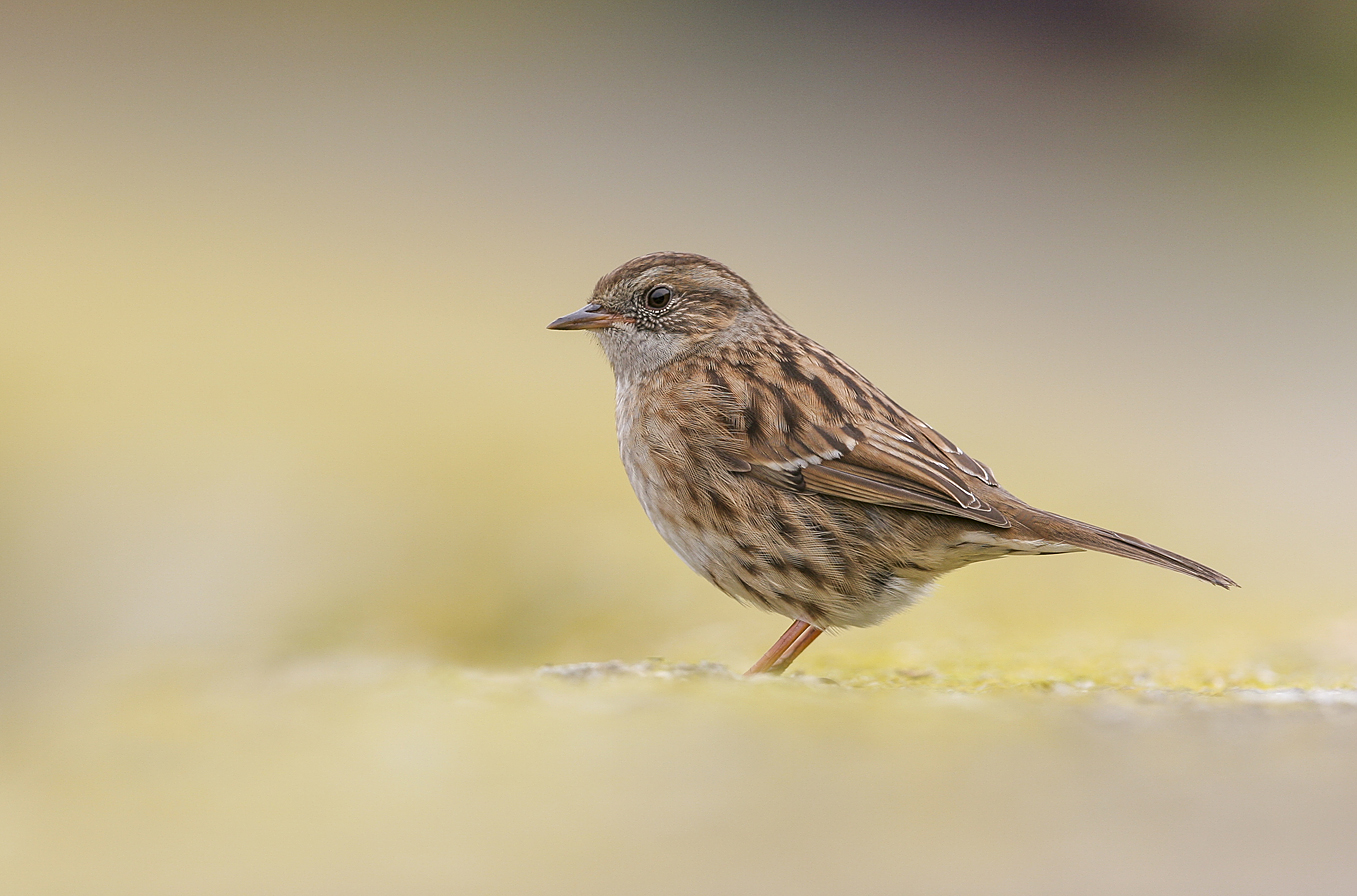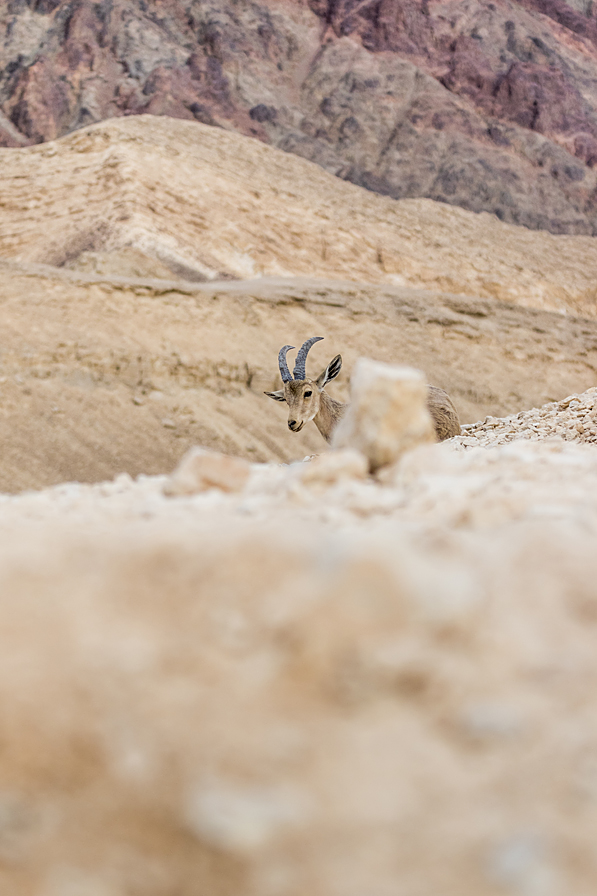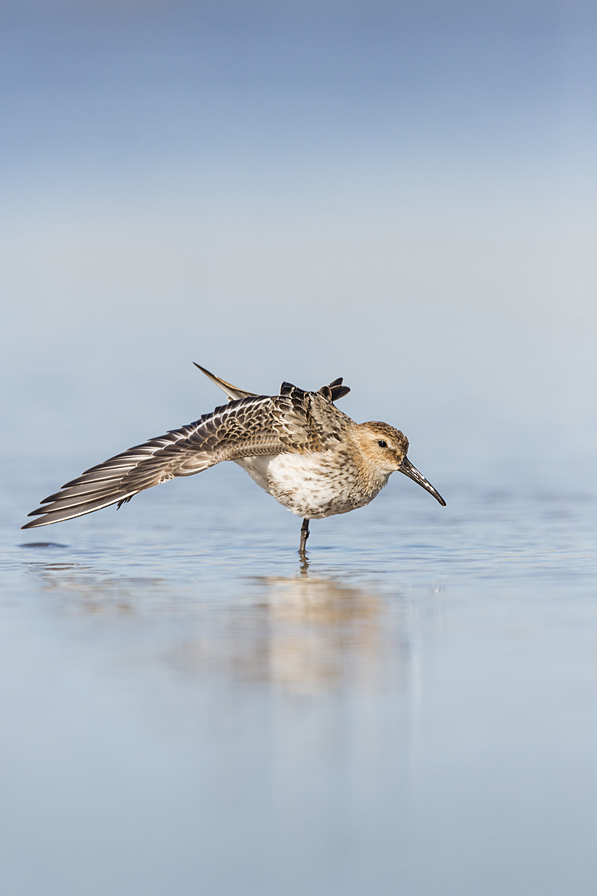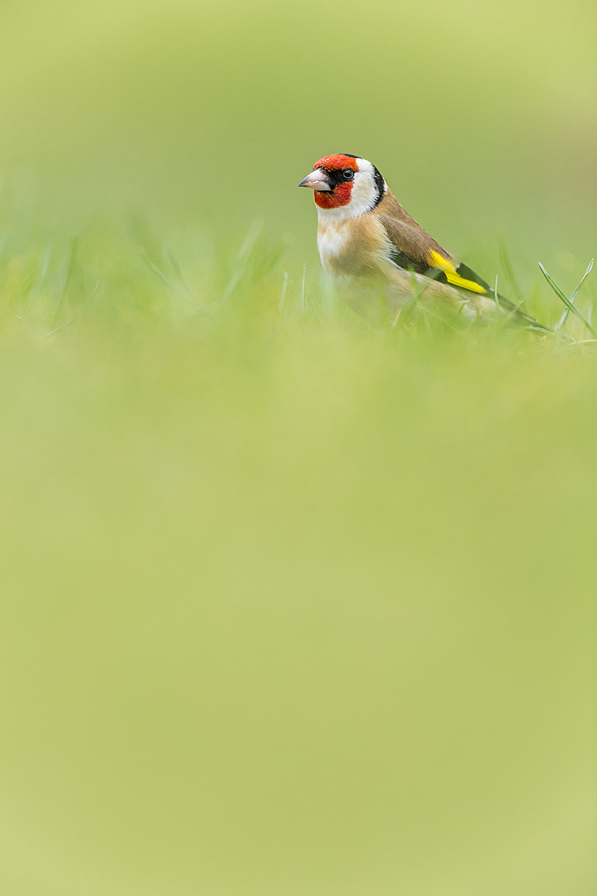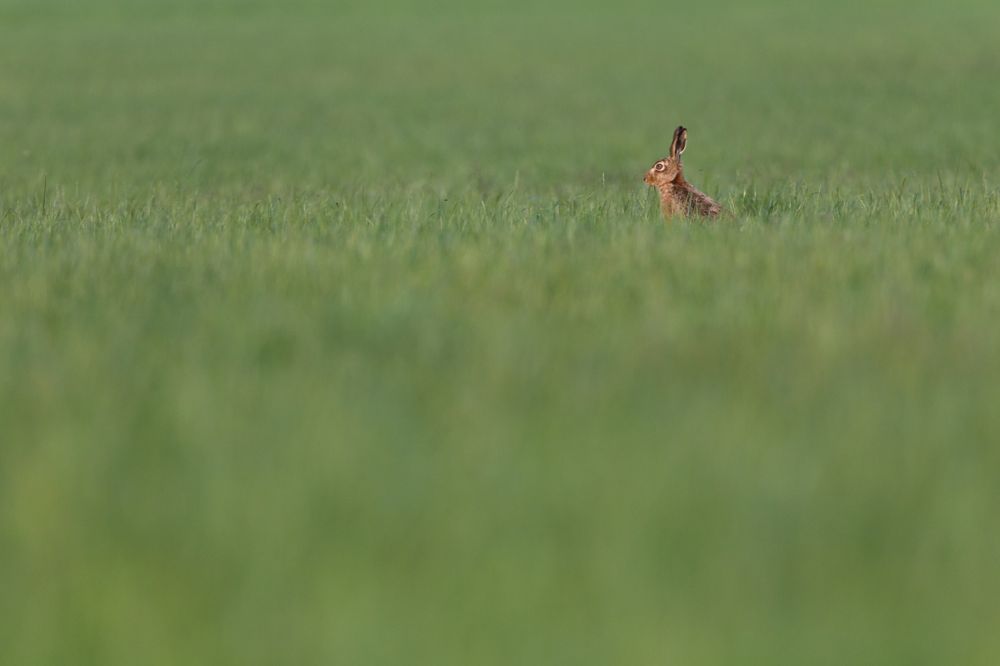
Creating foreground blur
One of the questions I am often asked about my images is: “how do you get the foreground so blurry?”
Below, I will use a few images of mine to explain this process, help get your creative juices going and push you to take soft framing foregrounds and backgrounds of your own.
The key to a successful image with this style is the distance between the subject and its foreground and background; the larger the gap the more blurry the background and foreground will become. A larger aperture (e.g. f/4) and/or using a bigger focal length (a bigger mm in lens) will also emphasise this effect.
Coot (fulica atra)
To enhance this further, take a subject, and place something in front of it! It’s as easy as that. I know that sounds a very tongue in cheek remark but it really is that simple. This is a technique that is easy to replicate and can be used in so many scenarios.
Garden birds
This is a recent image that demonstrates what photographers could try to replicate from their own homes. The woodpigeon is a bird that most people will have in their garden at this time of year, (or feel free to change this species to one that you do have in your garden; blackbirds, robins, blue tits, great tits are all photogenic species!).
I have a pair of pigeons that nest in my garden. This pair regularly perch on a particular part of the fence which has a bottle brush plant in front. This is roughly the same height as the fence, so I used this as my ‘place in front of subject’. I utilised a neighbour’s hedge as a background.
Once the pigeon had landed, I moved my camera height up and down to get the bird in place. Too high up and you would lose the effect of the green foliage in front and would start to show the fence, too low and you would lose the pigeon completely.
At the beginning of the breeding season birds are looking for nesting material. I had been watching a pair of Long-tailed Tits building their exquisite nest in the neighbour’s hedge. Knowing they were nearing the part where they line their nest with copious amount of feathers, I collected some feathers and placed them on the lawn.
Long-tailed tit (Aegithalos caudatus)
I placed them at a distance I knew would render the bird suitably large in the frame. Getting low to the ground ensured the blurred foreground but shooting towards the back of the garden gave me a blurred background too. Getting as low to the ground as possible utilised the grass to provide the out of focus foreground which became the blurry mush. The distant background, becoming out of focus as well left the only point of interest as the Long-tailed Tit. Sure enough, within a few hours, they were flying back and forth collecting the most suitable feathers offering me several opportunities.
It can be anything that you can use in front. In this image I utilised a sea wall that was covered in yellow lichen. Observing wildlife can pay dividends and this is certainly the case here. This dunnock was feeding young and was flying from the nest, over this sea wall and then to a sea weed covered beach to find food. On several occasions it had alighted in the same spot on the wall before hopping down to gather insects from the sea weed. I positioned myself against the sea wall with my camera resting on the wall. Due to the very low angle, the blurred foreground came from the out of focus lichen itself, and the background was the wall going off into the distance. With the subject standing out at this level it was easy to focus, wait for the head turn and click the shutter.
It's not just about birds
Whilst in Israel I noticed a family of Nubian Ibex. One of the females rested at about 20 metres in front of me. This allowed me to get a number of images of her. I wanted something different to a full body shot, so using the Canon 100-400mm f4.5-5.6 L IS USM lens, I was able to zoom into her head.
I looked around for something that I could use to blur the foreground out as just using the ground would still render the neck and back of her visible. There was a fairly sizeable rock in the foreground (see zoomed out image) so by changing my position I was able to use this as my object in front. The background was a distant mountain slope so I composed the image, made sure the exposure was correct, waited for her to turn slightly towards the camera and took the shot. A simple, but nice portrait of a rare species.
Further afield
You can try this technique anywhere in the world. Whilst in Costa Rica I noticed that Collared Aracari were perching on a distant tree. I used the foliage of a closer tree to shoot through, moving my position to find a gap in the foliage that I could see the Aracari through. Waiting for the evening light to light both the distant bird and the closer foliage allowed me to get this interesting image of the aracari surrounded by foliage.
Trying this at home
If you feed the birds in your garden you can produce these images as you can create setups to do this. Imagine feeding a Robin in your garden. You can produce a little setup where you can place some food in a little container (this can be seed, meal worms, cut up bits of cheese).
This then can have a perch above it for the Robin to land on. You can then go to the garden centre and buy some foliage for you to shoot through (small green plants, small pots of heather etc). These can be kept in the pots so you can move their position to suit the lighting. Position these in front so that the perch is hidden and wait for the Robin to land and get the picture. This doesn’t have to be on the ground though. It can be at a comfortable height so you can be in a seated position; just place the set up on a higher position such as on a table. Just make sure the background is unfussy and/or far away enough to be rendered out of focus. Test the setup by positioning something of a similar size to the subject and move the foreground to get the best composition.
Once you have mastered the art of using what's in the foreground, you will find opportunities to use the technique in many different situations.
Happy shooting!

